I have a dataset that is multiple strings and I want a unique count of the occurrences so I can review and refine my datasets. I've been unable to do this using formulas so went over to VBA, but hit a roadblock as I'm an amateur.
My data looks like this...
I want it to return this...
I've tried parsing it with text to columns, but in large datasets I have 60 columns with 100s of hits in my string. Therefore, transposing it then trying to get a count of uniques would be daunting.
Therefore, I was hoping VBA would help, but I can only seem to get a function and not with a Sub and Function to transpose then count. Something like below...
Sub Main()
Dim filename As String
Dim WorksheetName As String
Dim CellRange As String
Sheets.Add.Name = "ParsedOutput"
'==============================================================
' CHANGE THESE VALUES FOR YOUR SHEET
WorksheetName =
CellRange =
'==============================================================
' Get range
Dim Range
Set Range = ThisWorkbook.Worksheets(WorksheetName).Range(CellRange)
' Copy range to avoid overwrite
Range.Copy _
Destination:=ThisWorkbook.Worksheets("ParsedOutput").Range("A1")
' Get copied exclusions
Dim Copy
Set Copy = ThisWorkbook.Worksheets("ParsedOutput").Range("A:A")
' Parse and overwrite
Copy.TextToColumns _
Destination:=Range("A:A"), _
DataType:=xlDelimited, _
ConsecutiveDelimiter:=True, _
Comma:=True
End Sub
Option Explicit
Public Function Counter(InputRange As Range) As String
Dim CellValue As Variant, UniqueValues As New Collection
Application.Volatile
'For error Handling On Error Resume Next
'Looping through all the cell in the defined range For Each CellValue In InputRange
UniqueValues.Add CellValue, CStr(CellValue) ' add the unique item Next
'Returning the count of number of unique values CountUniqueValues = UniqueValues.Count
End Function




